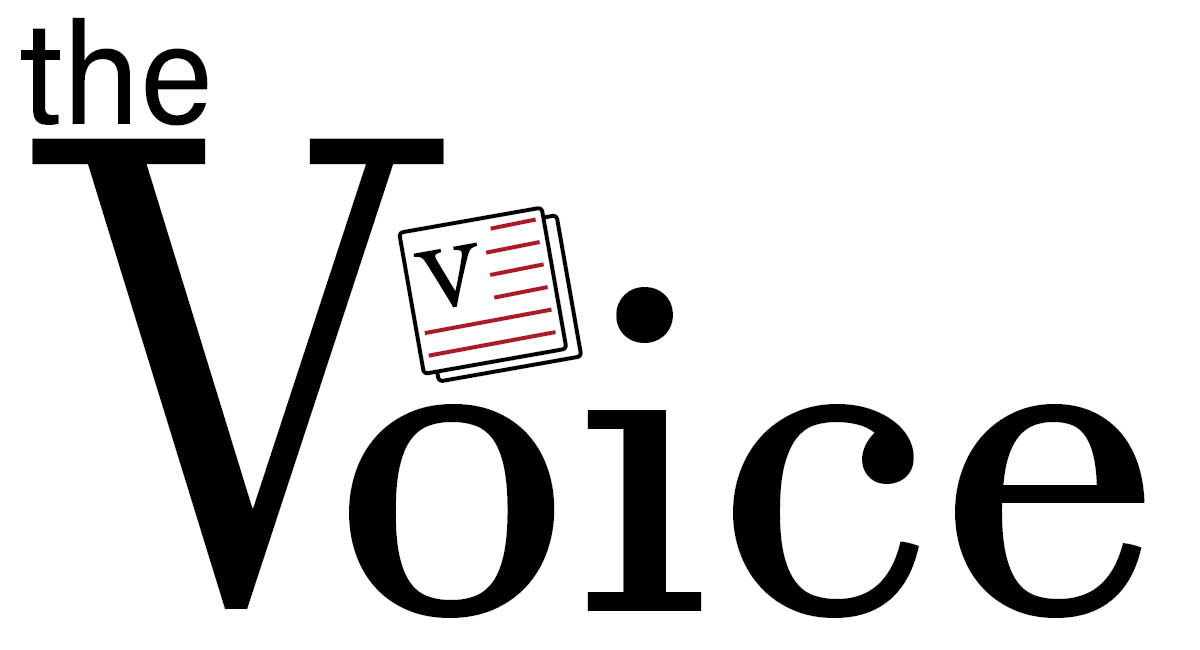The Weeknd’s album ‘After Hours’ exceeds listenership
The Weeknd’s newest release is climbing the charts on listening platforms.
January 12, 2022
Let’s state the obvious; there is something universally, perversely relatable about the Weeknd’s music when songs from his 2015 album appeared on the “50 Shades of Grey” soundtrack and were nominated for a Kids’ Choice Award.
To think that Abel Tesfaye, who rose to fame somewhat anonymously, would one day go on to play the Super Bowl would seem absolutely surreal to even his fans. But after a long album roll out for 2020’s “After Hours”, he prevails on the most-watched telecast of 2021; 92 million people tuning in.
A decade after his initial rise to fame, he had ascended to true ‘Starboy’ status, performing hit after hit from his catalog and taking his rightful place on the throne.
His newly released album, “After Hours” is a dance floor record released when every dance floor was under lock down, due to COVID. This record was an attempt to bridge the gap between despondent people worldwide and billboard-charting retro-funk.
On Dawn FM, released with essentially no fanfare, the Weeknd has gone all-in on combining his fears into euphoric disco and ’80s R&B. And for the first time in all his life, he revealed to fans post-release that portraying such emotions in his music was a risk.
However, Tesfaye’s music is at its best when he unintentionally spirals out.
The five-minute version of “Take My Breath” stretches out into a shimmering struggle; listeners can hear him fight for air, his gasps reverberating over the striding beat.
He negotiates boundaries with an anonymous lover in his song “Sacrifice,” alternating between devotion and defiance. He cycles through paranoia and jealousy, only making promises when he feels threatened.
Additionally, for much of the record he flails between romance and defeat, specifically in “Starry Eyes.”
Still, this is the Weeknd’s most ambitious album and the most effective record he’s put out in years.
Part of the thrill comes from hearing Abel take himself a little less seriously when he sings in requisite jazzy harmonies.
Essentially, Tesfaye wants us to understand his struggle to reconcile the sinner he once was compared to the man he’s trying to become. Although he’s not dysfunctional, he’s also not yet ready or willing to be the partner a woman might need him to be.
Ultimately, his narrow focus has paid off. He’s finally found harmony between the noir-pop that broke him, to the arena-worthy ambition that launched him into the mainstream.
That’s the beautiful blur of “After Hours”.



